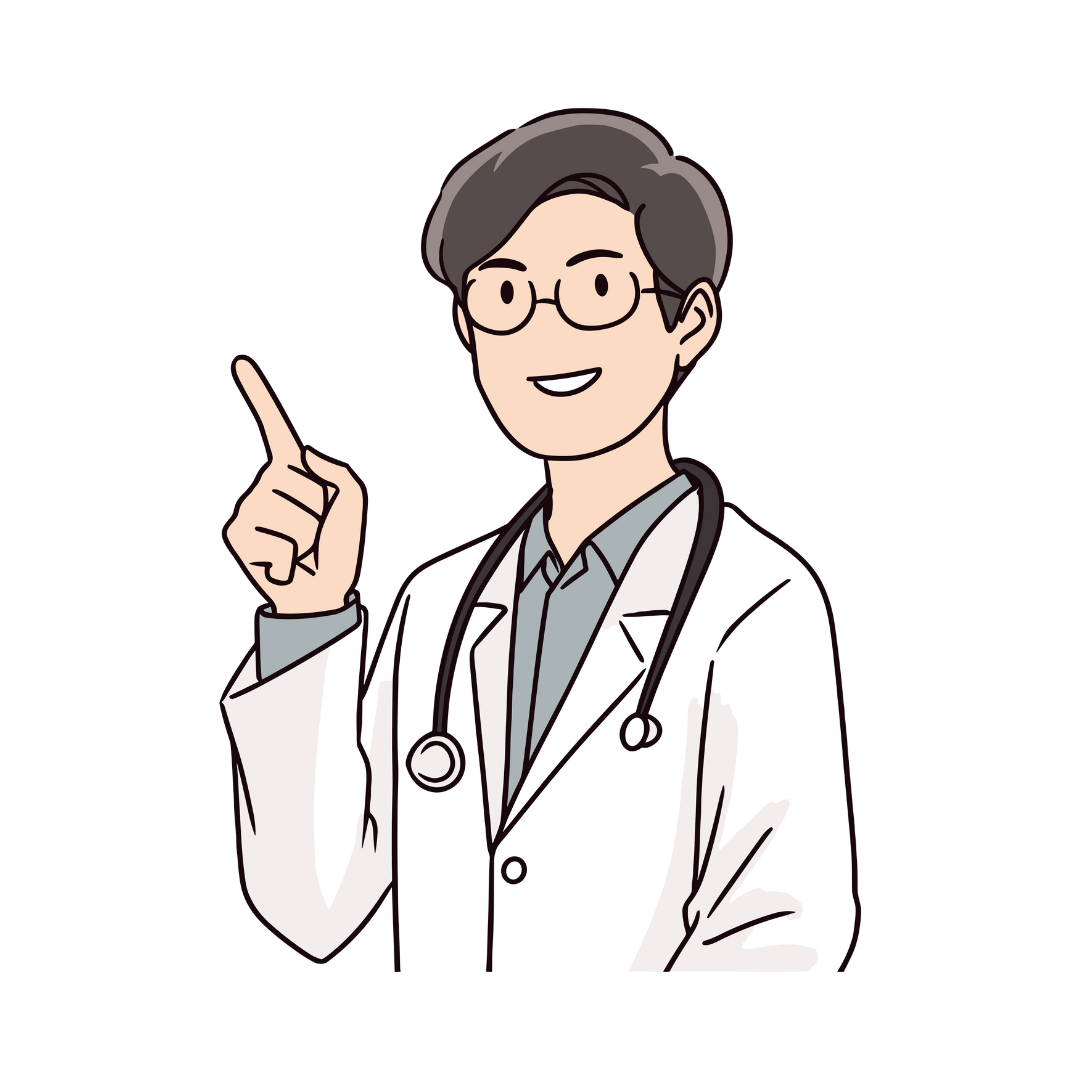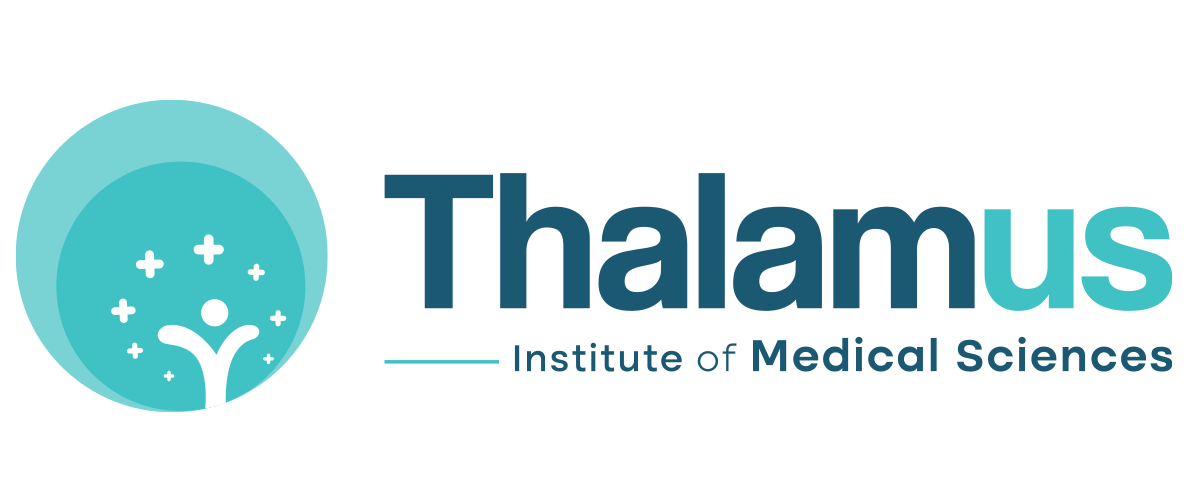blogs & News-> Blogs-> Best Multispeciality Hospital Siliguri Kawasaki Disease Guide for Parents-> Have you ever heard of such a disease called ‘Kawa...

Best Multispeciality Hospital Siliguri Kawasaki Disease Guide for Parents
Category: Blog | Published By: Thalamus Institute of Medical Sciences | Created: 2 months ago
Have you ever heard of such a disease called ‘Kawasaki’?
Maybe yes, maybe not. Read this blog to know more about Kawasaki disease in children.
‘Kawasaki’ is one of the most deadly diseases in children. It is a rare kind of disease that affects the blood vessels of children in the age-group of 6 months to 5 years. It is a serious illness and causes inflammation in the blood vessels throughout the body.
Does Kawasaki Cause Death?
It's really shocking to know that this disease can lead to life-threatening heart complications, including coronary artery aneurysms, and even death, if left untreated. Early diagnosis and prompt treatment are crucial to prevent long-term damage.
Where to go for the Treatment of Kawasaki?
In recent decades, treatment options for Kawasaki Disease have widely been improved, and you must know that the best multispeciality hospital in Siliguri is no exception. This hospital, having top-notch medical infrastructure and advanced equipment, not only offers but ensures accurate diagnosis with timely intervention and compassionate care of their widely renowned pediatric and cardiac experts.
How does this blog help you in knowing more about Kawasaki?
In this blog, we at Thalamus Institute of Medical Sciences (TIMS) in Siliguri delve into various facets of this rare child disease named 'Kawasaki' so that you can be aware of its causes, risk factors, symptoms, complications, and treatment. We are also going to answer the mostly asked questions which will enhance your knowledge about this disease and free you from misconceptions and prejudices.
Every Parent Must Understand the Causes and Risk Factors of ‘Kawasaki’:
Kawasaki disease is a serious illness that primarily affects children under the age of 5. It causes inflammation in the walls of blood vessels throughout the body and can lead to complications with the heart if not diagnosed and treated early. That’s why it is crucial for every parent to know and understand the causes and risk factors of Kawasaki disease—to stay alert, be more concerned, and seek help from the best paediatric hospital in Siliguri for early diagnosis and better treatment outcomes.
What Causes Kawasaki Disease?
The exact cause of Kawasaki disease remains unknown, but research suggests it may be triggered by a combination of genetic and environmental factors. Some studies point toward infectious agents like viruses or bacteria, parasites and environmental-toxins as potential triggers, though no specific organism has been identified. As there is no sufficient evidence to the causes, it is difficult to prevent Kawasaki Disease.
How Common is Kawasaki Disease?
- In the U.S. and Canada, Kawasaki disease affects 10 to 20 children per 100,000 under age 5.
- In India the majority of children continue to remain undiagnosed because of the lack of awareness amongst pediatricians. But there is hope that one of the best paediatric hospitals in Siliguri with expert doctors and advanced medical infrastructure offers comprehensive care for children suffering from this deadly disease called ‘Kawasakai’.
- ‘Kawasaki’ disease is the leading cause of acquired heart disease in children in developed countries.
What are the Risk Factors of Kawasaki Disease?
If you have an in-depth overview of the risk factors of Kawasaki disease, you can easily identify the disease and can pursue for prompt medical attention at the best multispeciality hospital in Siliguri. Therefore, in this blog, we elaborately discuss the key risk factors associated with Kawasaki Disease.
Key Risk Factor 1:
Age: The most significant risk factor for Kawasaki Disease is young age, particularly in children under 5 years old. Nearly 80% of cases occur in this age group. Infants younger than 6 months are at the highest risk of developing incomplete or atypical Kawasaki Disease, which can be harder to diagnose and more likely to result in complications if untreated.
Key Risk Factor 2:
Sex: Boys are more likely to develop Kawasaki Disease than girls. Statistically, males have a 1.5 times higher risk of being affected. Although the reason for this gender disparity is not fully understood, it suggests a possible role of hormonal or genetic factors.
Key Risk Factor 3:
Ethnicity and Geographic Origin: Children of certain ethnic backgrounds are more prone to Kawasaki Disease, such as Asian or Pacific Islander descent, especially those of Japanese or Korean origin, show a significantly higher incidence. The disease is 10 to 20 times more common in Japan than in Western countries.
Key Risk Factor 4:
Genetic Susceptibility: Family history plays a crucial role in Kawasaki Disease risk. If a sibling has had Kawasaki Disease, the risk increases for other children in the family. Genetic studies have identified certain HLA gene variants and immune-regulating genes that may influence susceptibility. This suggests that while environmental triggers might initiate the disease, an underlying genetic framework makes certain individuals more vulnerable.
Key Risk Factor 5:
Seasonal Patterns: Kawasaki Disease tends to occur in seasonal clusters. In many regions, it peaks in the winter and spring months. This pattern may point to a possible link with viral or bacterial infections that are more common in certain seasons.
Key Risk Factor 6:
Immune System Response: Children with an overactive or misdirected immune response may be at higher risk. Kawasaki Disease is believed to be an immune-mediated condition where the body’s immune system mistakenly attacks its own blood vessels following an infection.
Is Kawasaki Disease Contagious?
Nope! Kawasaki Disease is not contagious. But, early diagnosis is crucial, as untreated cases can lead to serious cardiac complications, including coronary artery aneurysms and even cause death.
Knowing Symptoms of Kawasaki Disease at the Best Multispeciality Hospital in Siliguri:
The exact cause of Kawasaki Disease is unknown, but if you can recognize its symptoms, you can promptly go for an effective treatment. Here, Thalamus Institute of Medical Sciences (TIMS), popularly known as the best multispeciality hospital in Siliguri, elaborately discusses the major symptoms associated with Kawasaki Disease.
1. Persistent High Fever: The hallmark symptom of Kawasaki Disease is a high-grade fever (above 101°F or 38.3°C) that lasts for at least five days and does not respond well to standard fever-reducing medications. This fever is often the first noticeable sign and may persist even with medical intervention.
2. Red Eyes: Children with Kawasaki Disease often develop redness in both eyes without discharge. This condition, known as non-exudative conjunctivitis, is painless but indicates inflammation in the eye's blood vessels.
3. Changes in the Mouth and Throat:
- Bright red, cracked lips
- A “strawberry tongue” — red, swollen with prominent taste buds
- Redness inside the mouth and throat
4. Swelling and Redness in Hands and Feet:
- The palms of the hands and soles of the feet become red and swollen
- The skin on fingers and toes may peel—usually in the later stage (second or third week of illness)
5. Skin Rash: A widespread rash may appear across the body, especially on the trunk, limbs, and groin area. The rash is usually non-itchy and may vary in appearance from child to child.
6. Irritability and Fatigue: Children often become extremely irritable, restless, and tired due to the persistent fever and overall inflammation. This is especially noticeable in infants and toddlers.
7. Heart-related Symptoms: If not treated in time, Kawasaki Disease can be more complicated and affect the heart, leading to Coronary artery aneurysms, Myocarditis (inflammation of the heart muscle), and Arrhythmias (abnormal heart rhythms). These complications might not be evident early but are detected through echocardiograms and cardiac evaluations.
Treatment for Kawasaki Disease at the Best Newborn Care in Siliguri
Kawasaki Disease is a serious illness due to its potential to cause coronary artery complications. Early and appropriate treatment is crucial to reduce the risk of long-term heart damage. In this blog, the best paediatric hospital in Siliguri discusses various treatment strategies of Kawasaki disease.
1. Intravenous Immunoglobulin (IVIG) Therapy: IVIG is a blood product containing pooled immunoglobulin (antibodies) from thousands of donors. It modulates the immune system, reduces inflammation in blood vessels, and significantly decreases the risk of coronary artery aneurysms. Over 85% of children respond well to this treatment, showing reduced fever and improved clinical symptoms within 36 hours.
2. High-Dose Aspirin (Acetylsalicylic Acid): High-dose aspirin (80–100 mg/kg/day) is given to reduce fever and inflammation. Once the fever subsides, the dose is reduced to a low-dose aspirin (3–5 mg/kg/day) to prevent blood clot formation in inflamed vessels.
3. Anticoagulants: These are blood-thinners and are given when the child is at a risk of developing blood-clots
4. Steroids or NSAIDS – Both help reduce inflammation in the body. NSAIDS are given when the inflammation is mild, and steroids when it is severe
The goal of Kawasaki Disease treatment is to reduce inflammation, prevent coronary artery damage, and support full recovery. With timely intervention—most importantly, early IVIG and aspirin—the majority of children recover completely and live healthy lives. However, vigilant cardiac monitoring is essential to identify and manage complications early.
When to Visit the Best Multispeciality Hospital in Siliguri
Early diagnosis and timely treatment of Kawasaki disease are essential to prevent long-term complications such as coronary artery aneurysms. If your child shows persistent fever (lasting more than 5 days), rash, red eyes, swollen hands and feet, or cracked lips, seek immediate medical help at the best newborn care in Siliguri or the best multispeciality hospital in Siliguri.
Thalamus Institute of Medical Sciences (TIMS) in Siliguri offers comprehensive pediatric care with advanced diagnostic facilities and experienced pediatricians to manage conditions like Kawasaki disease with precision and compassion. At Thalamus Institute of Medical Sciences (TIMS), popularly known as the best multispeciality hospital in Siliguri, we emphasize awareness, prompt diagnosis, and expert pediatric care to safeguard children from the long-term effects of this rare but impactful illness.
📞 Call us at: +91 03561-354100 | 9046005614
🌐 Visit us at: www.thalamushospital.com
Disclaimer: This blog is for educational purposes only and not a substitute for professional medical advice. If you experience any symptoms of Kawasaki disease, please consult the best paediatric hospital in Siliguri. Avoid self-diagnosis or taking medications without medical guidance.
Book Doctor
Appointment






